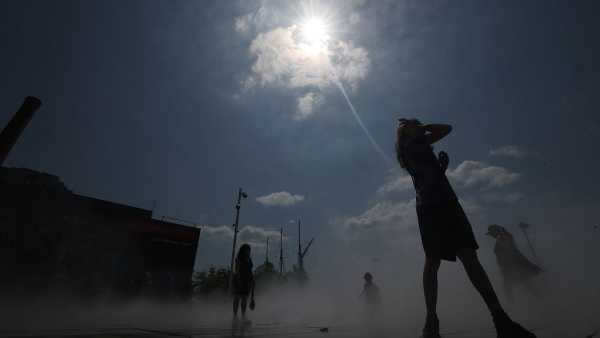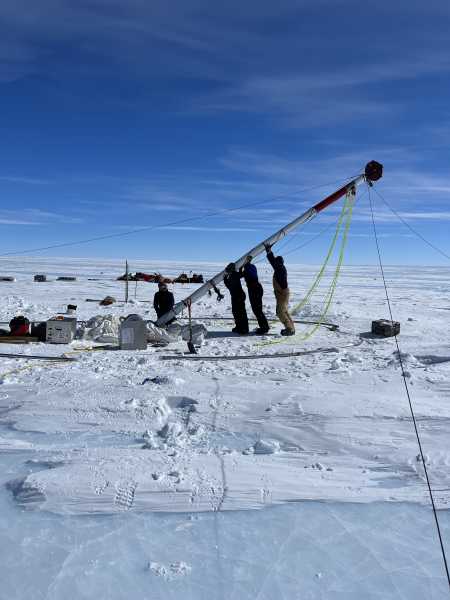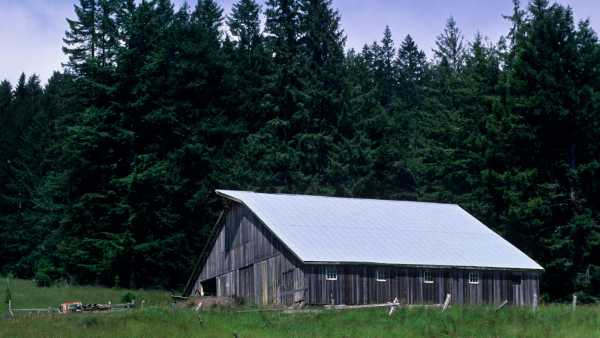
Researchers analyzed archival seismic data to identify Fickle Hill, a small forested village off a two-lane highway near the major city of Arcata, as the likely source of the tremors. (Image: Gary Crabb/Enlightened Images via Alamy)
According to the latest scientific findings, the 1954 Northern California earthquake was likely linked to activity at the infamous Cascade subduction zone.
The correlation of a magnitude 6.5 event with the zone is especially significant because Cascadia, which stretches from northern California to Canada’s Vancouver Island, has a low frequency of weak and moderate tremors. In seismological terms, the fault is “locked,” meaning it shows no movement. The last major rupture occurred in 1700, triggering a magnitude 9 megaquake that triggered landslides and a catastrophic tsunami with waves over 16 feet (5 meters) high that reached the coast of Japan, according to the U.S. Geological Survey.
Current observations show Cascadia “remaining unsettlingly quiet,” Lori Dengler, a co-author of the study and a distinguished seismologist at Cal Poly, said in a statement. “There are no small seismic events, which is unusual for subduction zones.”
You might be interested
-
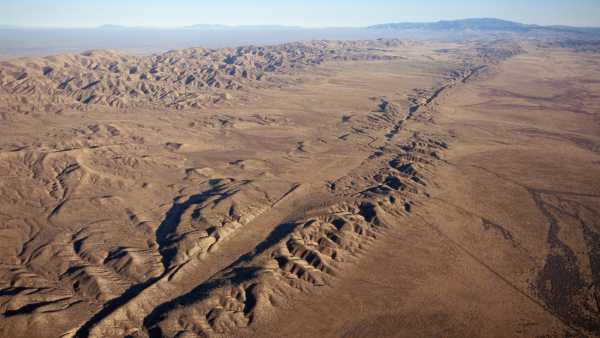
About half of California's faults, including the San Andreas, exhibit seismic activity.
-

Research suggests a 'sleeping giant' fault beneath Canada could be activated, potentially causing powerful tremors.
-
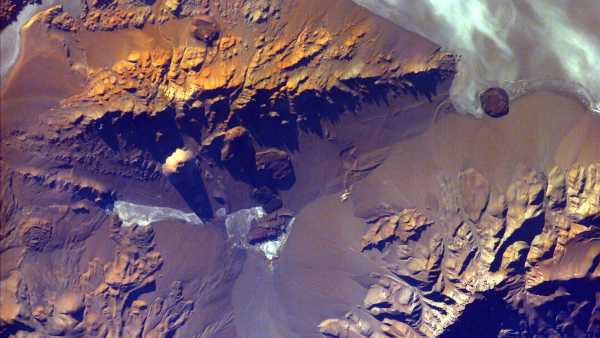
Subduction processes can spread between oceanic plates like a chain reaction.
The lack of weak tremors over decades of seismometer monitoring limits our understanding of Cascadia’s behavior. But a study published Aug. 19 in the Bulletin of the Seismological Society of America points to the possibility of partial ruptures in the fault’s recent history. Scientists have reexamined the causes of the Dec. 21, 1954, tremors in Humboldt Bay that caused intense shaking before noon, damaging chimneys.
The tremors were recorded using mid-20th century equipment, including accelerometers to record ground displacements and mechanical seismographs with ink recorders. For analysis, scientists digitized the paper records and combined them with data from remote stations, which made it possible to refine the location and depth of the source.
Previous hypotheses suggested 14 possible epicenters. The new analysis, led by Margaret Hellweg, a distinguished researcher at the University of California, Berkeley, has pinpointed a more precise location — Fickle Hill — and a depth of 11 to 14 kilometers.
Arcata is located in a zone of high seismic activity that includes the offshore “triple junction” of the Pacific, Gorda, and North American plates. It is a transitional area between the San Andreas Fault (plate slip zone) and the Cascade Subduction (subduction of the Juan de Fuca Plate).
Most tremors in the region are associated with the Gorda Plate, but the Fickle Hill event was of a different nature. Seismic wave characteristics indicate a connection with the Cascade Subduction Zone.
RELATED MATERIALS
— The map has revealed the most dangerous section of the Cascadia megafault, separating “alarm and disaster.”
— A possible “mega-eruption” in the northwest Pacific region threatens to raise sea levels and cause massive flooding.
— Was the catastrophic event in Cascadia an isolated event?
Fickle Hill thus became the second confirmed instance of Cascadia activity since 1700. (A magnitude 7.2 event off Cape Mendocino in 1992 may also have been in this zone, although debate continues.)
The discovery suggests that Cascadia is capable of segmental ruptures that produce moderate tremors, not just catastrophic megaquakes. While prediction remains challenging, the data analysis helps to better understand the region’s tectonics and improve seismic risk assessments for the Pacific Northwest, the paper notes.
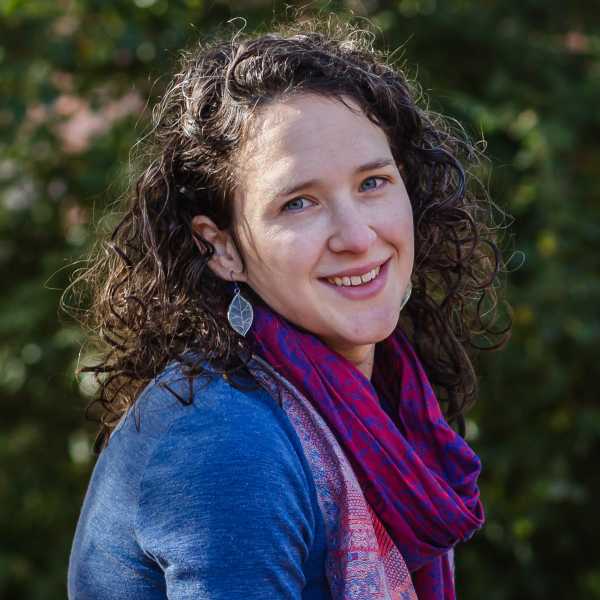
Stephanie Pappas, Social Media, Live Science Contributor
Stephanie Papras is a freelance journalist who writes for Live Science about geoscience, archaeology, and neuroscience. A former senior editor at Live Science, she now lives in Denver, Colorado, where she contributes to Scientific American and The Monitor. She holds a bachelor’s degree in psychology from the University of South Carolina and a certificate in science communication from the University of California, Santa Cruz.
Please confirm your display name to comment.
Please sign in again to enter your name.
Exit Read more
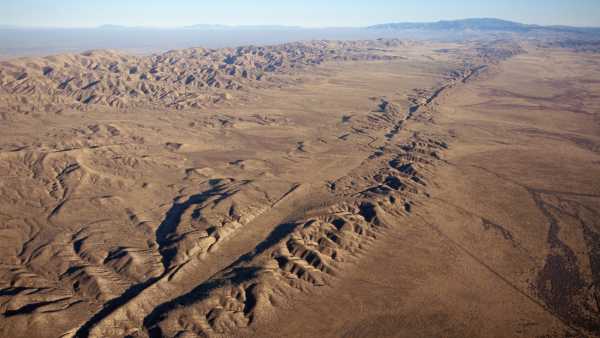
Activity has been detected on half of California's faults, including the San Andreas.

Canada's 'sleeping giant': Study points to potential for powerful aftershocks
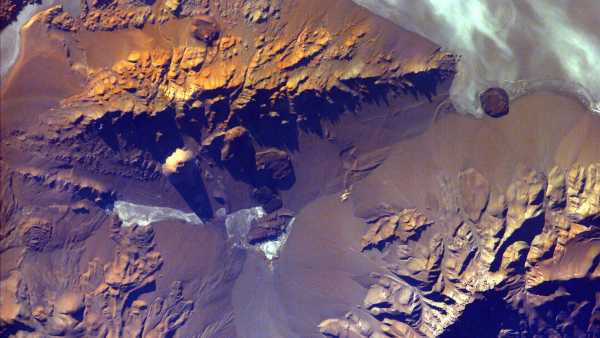
The subduction mechanism can propagate between plates in a chain-like manner.
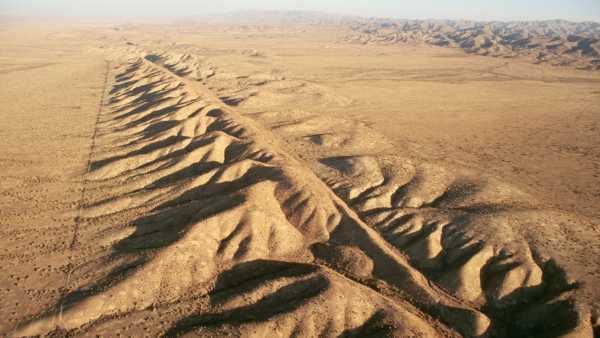
San Andreas Fault: Facts About Potential Source of 'Big One'
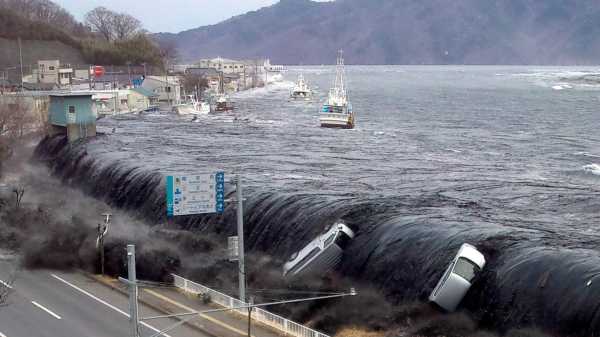
21 Largest Recorded Earthquakes in History
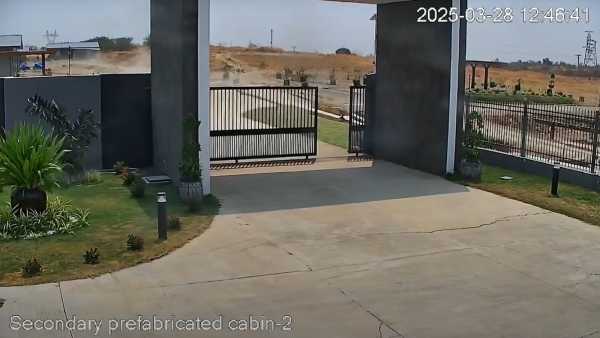
Earthquake Fault Cracking Video Reveals New Discovery Latest Seismic News

Myanmar Seismic Analysis Points to Possible Unique Scenarios for San Andreas

Tremors from a 'sleeping giant' could awaken beneath Canada
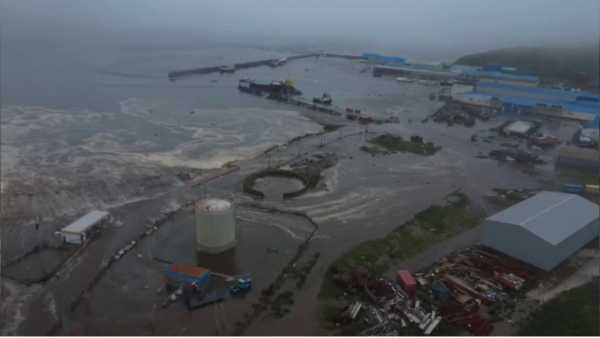
8.8 magnitude earthquake off Kamchatka triggers Pacific tsunami
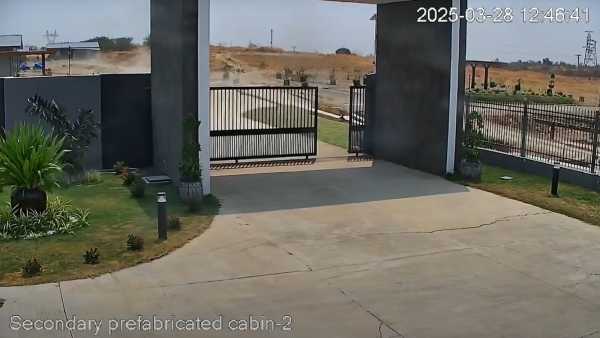
Unique video footage reveals features of earthquake fault
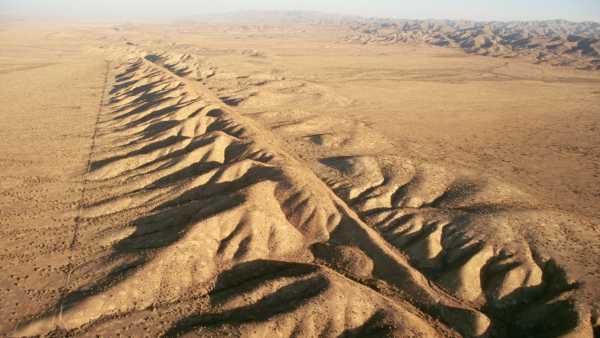
San Andreas: Key Facts About California's Fault and the Threat of a 'Big Push'
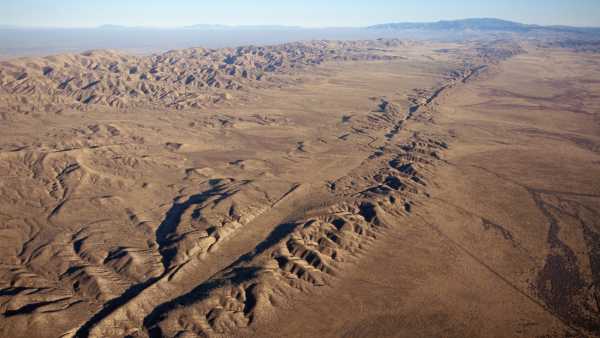
Activity detected at 50% of California faults. Latest news

Deadly snake bite: tourist dies due to rare allergic reaction

Where to watch the total lunar eclipse on September 7?

FDA warns of possible radioactivity in shrimp

Keratin from sheep wool makes breakthrough in dentistry
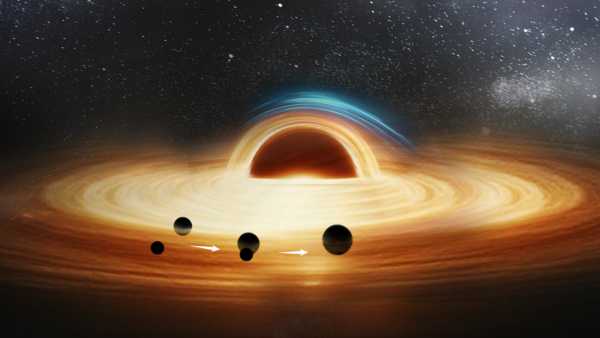
Scientists have recorded a system of three black holes before it disappeared
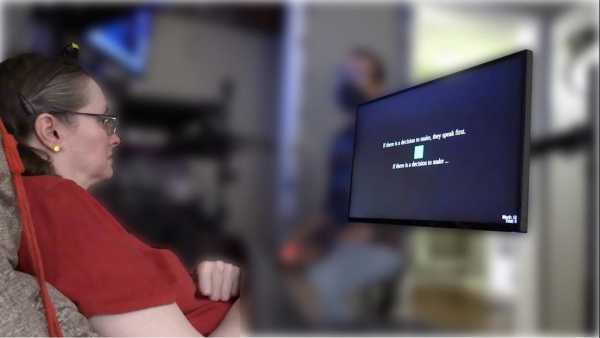
New implant decodes human inner speech POPULAR MATERIALS
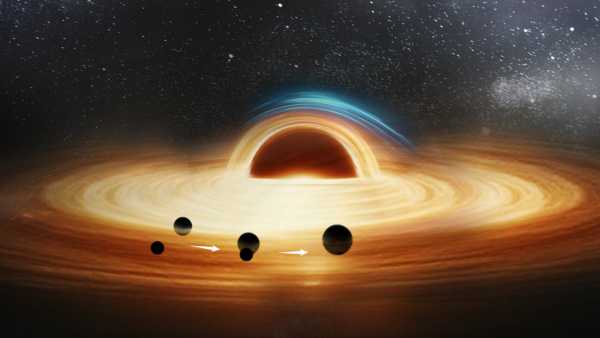
1Scientists Discover Triple Black Hole System Before It Disappeared
Live Science is part of the international media holding Future US Inc. Visit the corporate site.
- About the project
- Contacts of experts
- Terms of Use
- Confidentiality
- Use of cookies
- Availability
- Advertising opportunities
- Notifications
- Vacancies
- Editorial Standards
- How to suggest material
© Future US, Inc. 7th Floor, 130 West 42nd Street, New York 10036.
var dfp_config = { “site_platform”: “vanilla”, “keywords”: “type-news-daily,serversidehawk,videoarticle,van-enable-adviser-
Sourse: www.livescience.com


